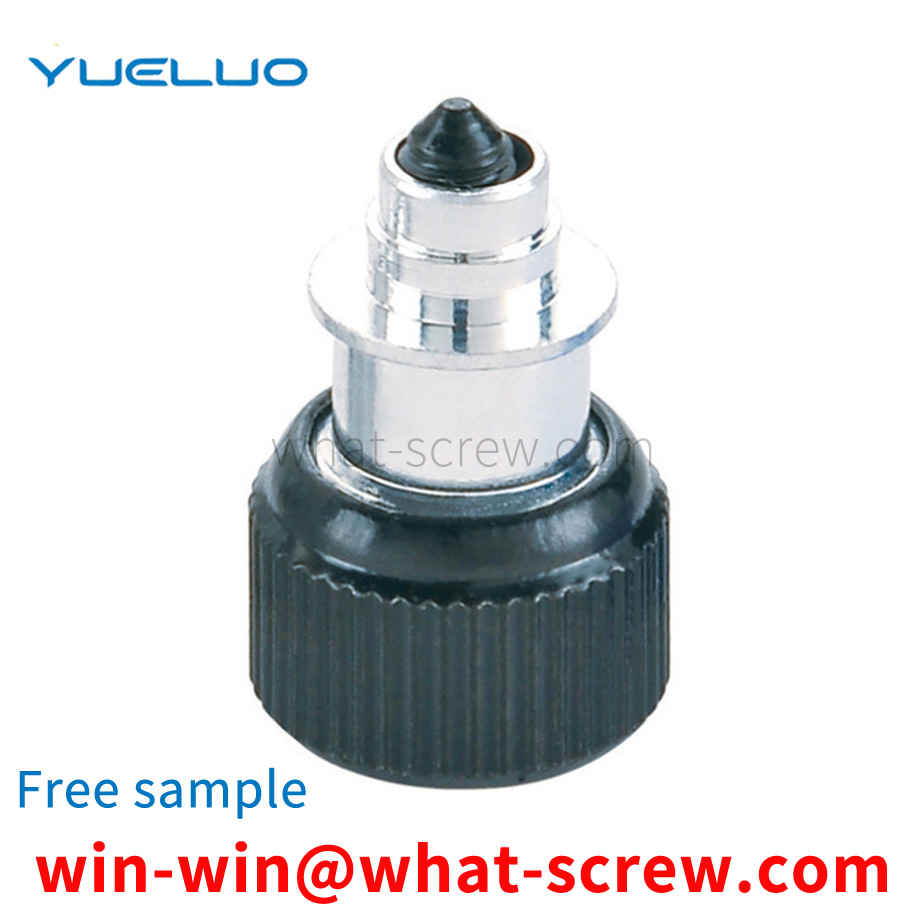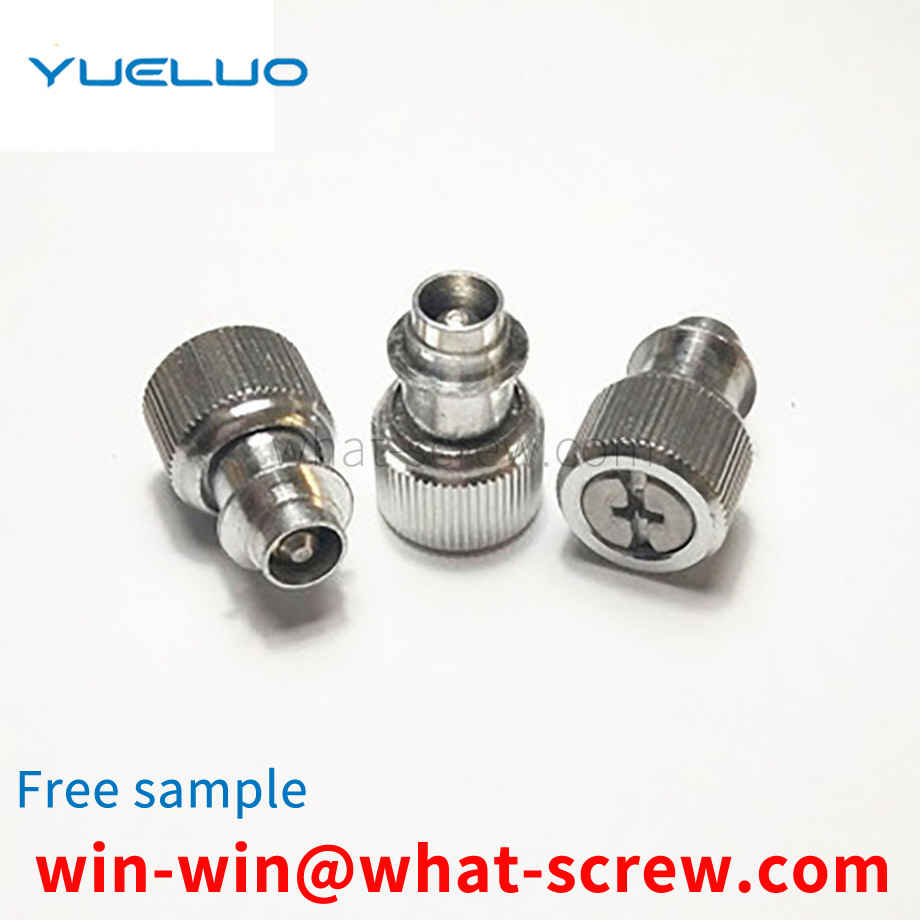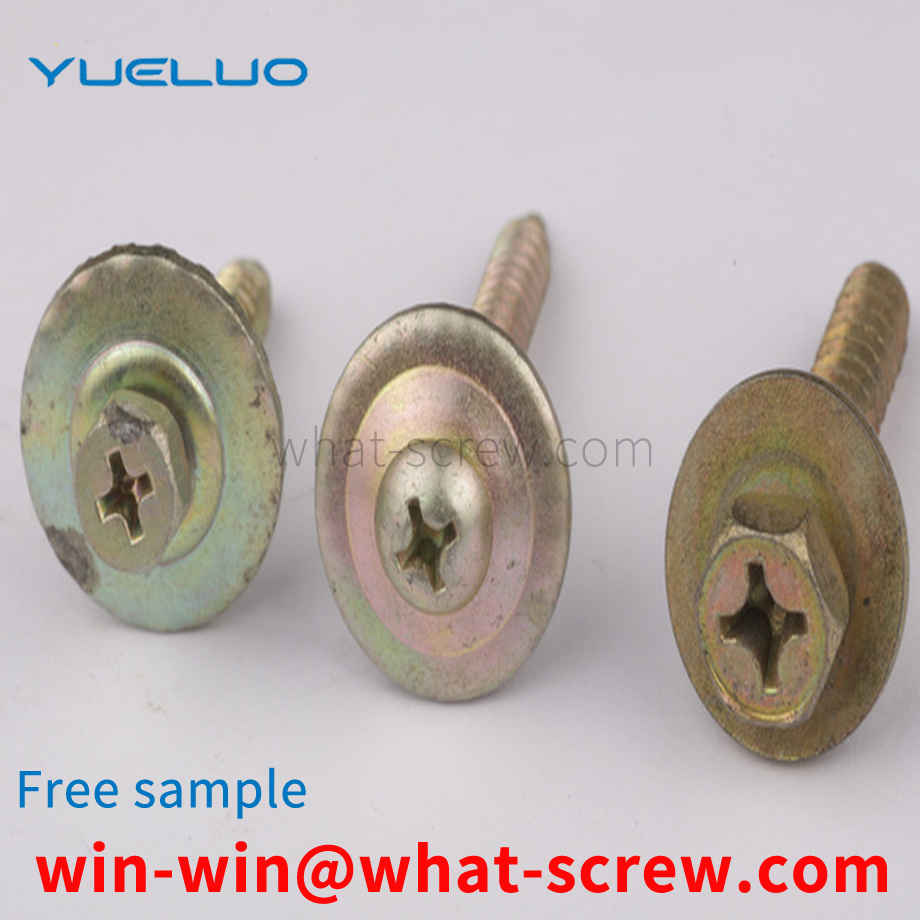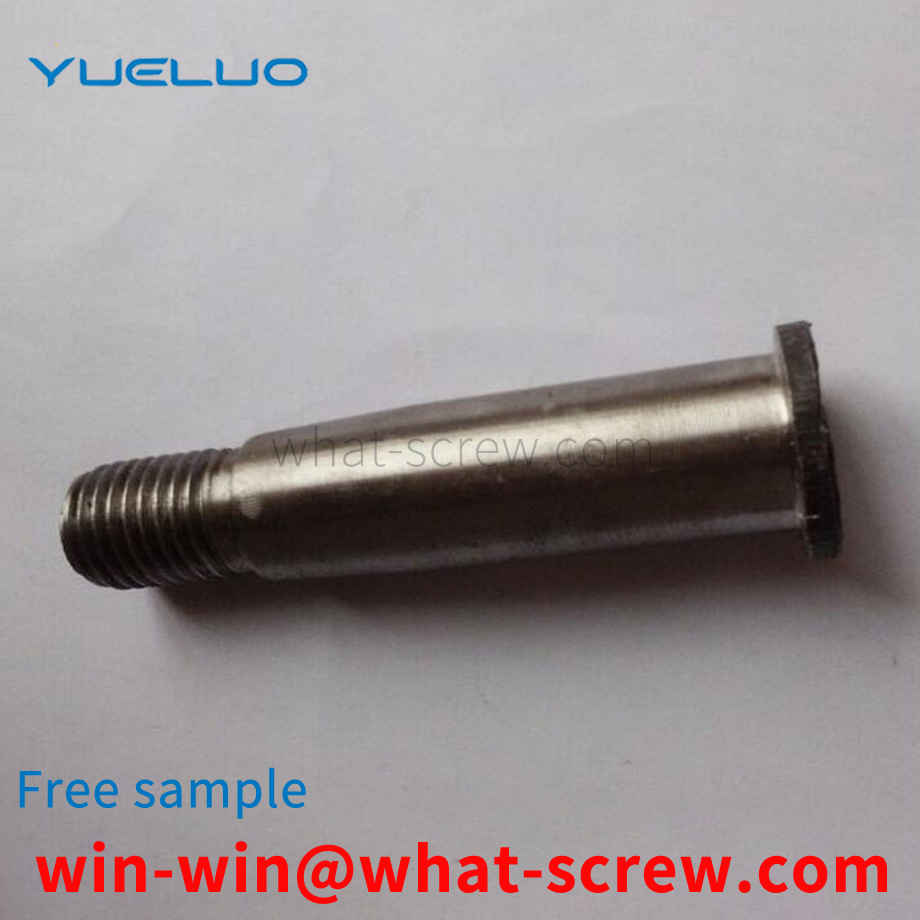What is the tolerance range of precision screws?
What is the tolerance range of precision screws?
Service Hotline
+86760-8787 8587We have more than ten years of experience in screw industry production. The main products are: one gun head, one copper stud hollow nut column, extended hexagonal screw, white zinc-plated fastener gasket, high-strength countersunk head rivet, KM machine wire machine Screws, hardware accessories nuts, nylon caps, anti-corrosion grade 8.8 screws, luggage and leather rivets, DIN529 screws, copper cap female GB923, corrosion-resistant screws, cold punched solid rivets, nut buckles with lock caps, hooks, rope buckles and other fasteners, due to the product The materials and specifications are different, and the prices are also different. Please contact us if you need it.


The classification of the second combination screw is divided according to the material of the screw wire and the hardness index of the screw wire. Generally, the two combination screws are divided into stainless steel and iron, and stainless steel is divided into stainless steel 201, stainless steel 304 and stainless steel 316. Iron is divided into three types: low carbon steel, medium carbon steel, and high carbon steel. Carbon steel combination screws refer to iron combination screws. Generally, iron combination screws are classified into grades 4.8, 8.8, 10.9, and 12.9. But in the market, the combination screws of grade 10.9 and grade 12.9 are rarely used, so we won't talk about it here. And the two combination screws on the market are more commonly used combination screws of grade 4.8 and 8.8. 4.8 grade combination screws are generally made of 1010A screw wire rods. After the screw wire rods are beaten into screws, they are combined with spring flat washers. After production, this 4.8 grade combination screw does not need to be hardened. Its hardness can reach 4.8. The 8.8 grade combination screw is generally made of 10B21 screw wire. After the screw wire is punched into a screw, it is equipped with a spring washer and a flat washer, and the three pieces can be combined and rubbed by an automatic spring-flat washer machine. Fasten the spring-flat washer combination on the screw, and the spring-flat washer will not fall off. After the combination screw is produced, it needs to be hardened to make the hardness reach 8.8. After the hardness reaches 8.8, we need to take it for electroplating. In order to prevent hydrogen embrittlement of the spring washer in the 8.8-level combination screw with added hardness, it is easy to break. In this way, it is necessary to carry out hydrogen removal treatment on the hardened combined screws, and the electroplating can only be done after the hydrogen removal.

The inner tooth elastic washer and the outer tooth elastic washer have many sharp elastic warping teeth on the circumference, which are pressed against the supporting surface and can prevent the loosening of the fastener. The inner tooth elastic washer is used under the screw head with smaller head size; the outer tooth elastic washer is mostly used under the bolt head and the nut. The elastic washer with teeth is smaller than the ordinary spring washer, and the fastener is evenly stressed and reliable to prevent loosening, but it is not suitable for frequent disassembly. Wave spring washer GB: GB/T 7246-1987 Wave washer is divided into WG type, WL type, WN type WG type wave washer WG type wave washer is an open elastic washer, which can usually be installed in a small space, such as giving The bearing is prestressed to reduce the noise of the bearing operation and improve the running accuracy and stability of the bearing. In addition, there are a large number of applied materials in electronic appliances, such as carbon steel, stainless steel, copper alloy and so on. WL-type wave washer WL-type wave washer is a lap-type elastic washer, which can usually be installed in a small space, such as prestressing the bearing, reducing the noise of the bearing operation, and improving the running accuracy and stability of the bearing. There are also a large number of applications in electronic appliances. Materials are carbon steel, stainless steel, copper alloy, etc. WN type wave washer WN type wave washer is a multi-layer wave crest overlapping elastic washer. Compared with the WL type, this series is composed of multi-layer materials, so the K value curve under the same compression stroke is flatter than that of the WL type, which is suitable for elastic force. Larger, and the elastic release of the entire working stroke is required to be more uniform. The materials used are carbon steel, stainless steel, copper alloy, etc. Disc spring washer Disc spring washer, also known as Belleville spring washer, was invented by the French Belleville. DIN6796 Disc Spring Washers (HDS Series) are lock washers designed for bolted and screwed connections. It is designed and manufactured according to DIN 6796 for the connection of medium or high strength bolts and screws. High bearing loads and elastic recovery make the HDS series very effective, and the bolt tension can withstand slack due to: wear of consumables, creep, relaxation, thermal expansion, contraction, or compression of seals. The HDS series increases the elasticity of the screw several times. It can effectively replace the ordinary spring washer, but it is not suitable for the combination of lock washer and flat washer. Since the HDS series is a disc spring that can be folded or overlapped. The combination of the butt joint can increase the deformation of the disc spring group, and the combination of the overlapping method can increase the spring force of the disc spring group. The ideal installation method is to flatten as much as possible. The closer it is to the flattened state, the faster the tension torque increases, and the proper bolt tension can be obtained without a torque wrench.


In the prior art, there are also automated equipment for riveting and assembling of hardware and handles; however, for the existing automated equipment, how to automatically and efficiently realize rivet feeding is particularly important.

As we all know, whether it is the necessities in people's life or the equipment in industrial production, there will be a structure of screws and screw holes on it. This kind of structure that can simply fix some components together has been widely used in various fields. For the installation and removal of screws, people invented manual screwdrivers, and then to electric screwdrivers and so on. For manual screwdrivers, the operator needs to manually install or remove the screws. When encountering small screws, it can still handle it. When encountering large screws, due to people's limited strength, they may not install the screws in place, so it was invented. Electric screw. When installing the screw, which is widely used in the market, the operator needs to hold the screw handle, fix the screw on the screw port, and then align the screw with the corresponding screw hole for screwing. The disadvantage of this kind of screw is that it is heavy in quality and laborious to operate, and secondly, the operator will be injured due to operating errors, and the consequences are extremely serious. In view of this deficiency, people fix the screws on a work frame, so that before installing the screws, the operator only needs to adjust the screws to the designated position, and then the screws can be installed, which is convenient and simple. However, there are still potential safety hazards. In the process of adjusting the screw, it is still possible that the power of the screw may be turned on by mistake due to operating errors, resulting in injury to the operator. In view of the above-mentioned defects, it is necessary to invent a screw installation method with an anti-missing function.

The above content is uploaded by Yueluo or the Internet. If there is any copyright issue, please contact [email protected].

What is the tolerance range of precision screws?

How to choose the right stainless steel screw manufacturer?

Why is there an R angle under the head of the hexagon head s...

We have more than ten years of production experience in the ...

We have more than ten years of production experience in the ...

We have more than ten years of experience in screw industry ...

We have more than ten years of experience in screw industry ...